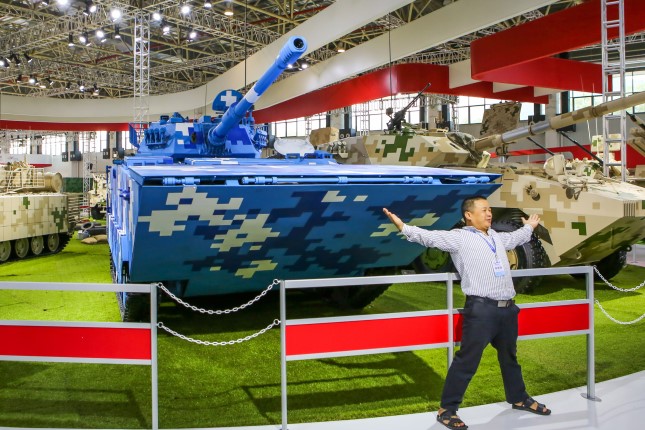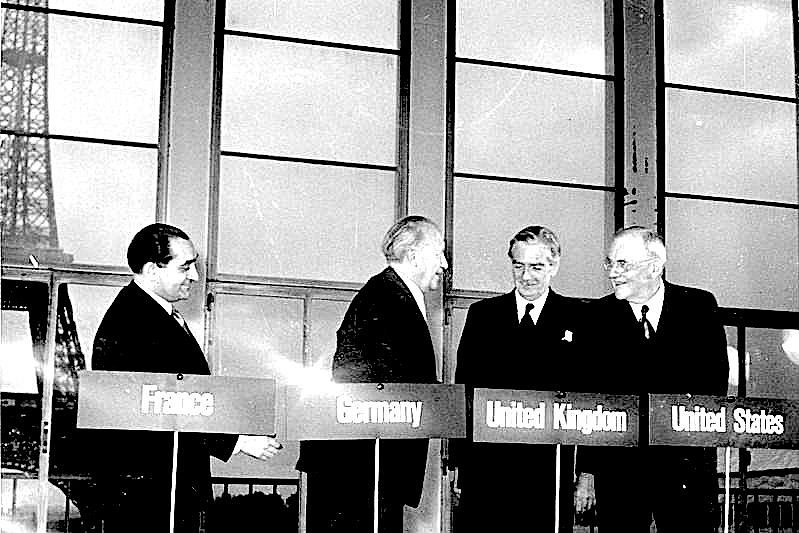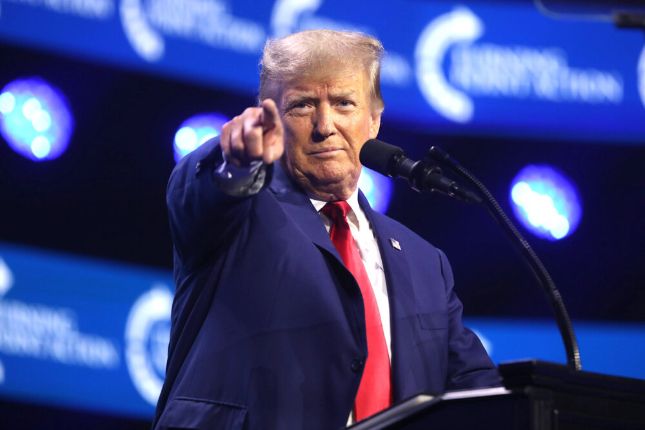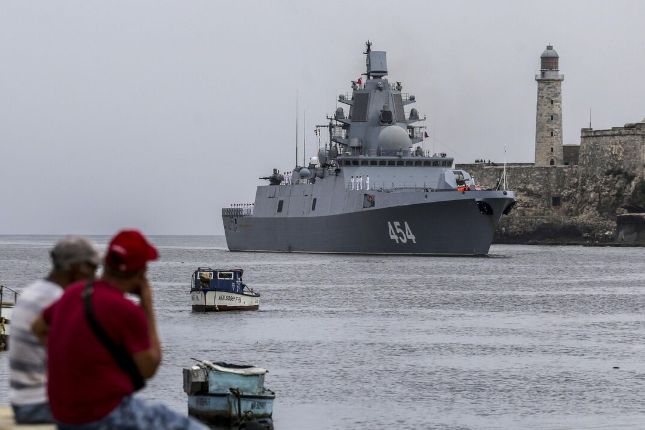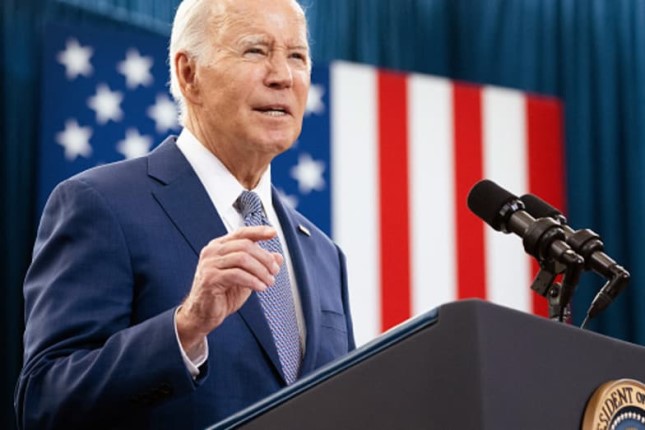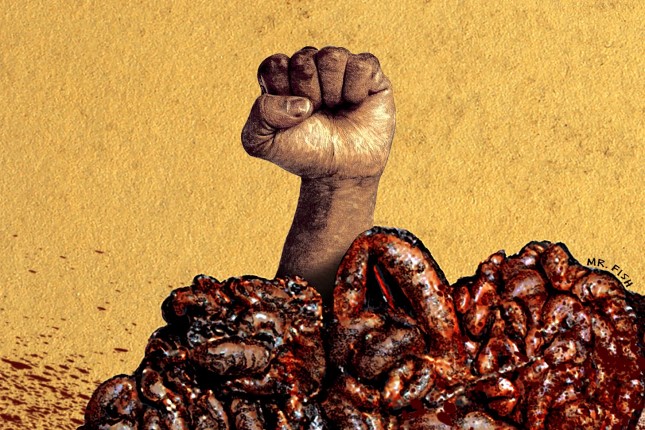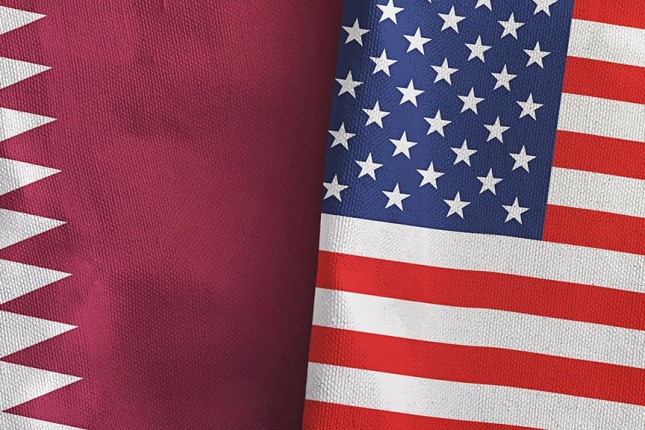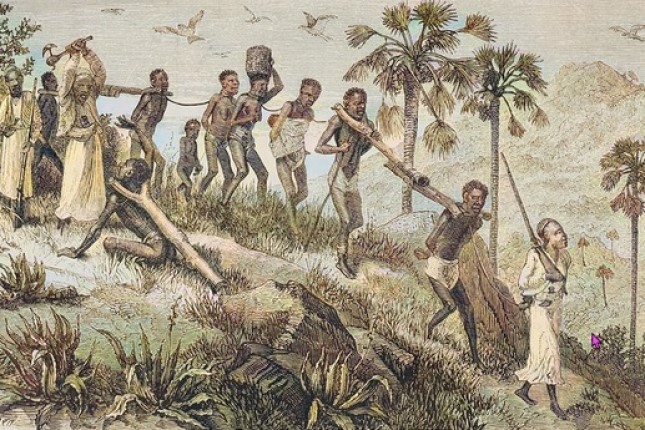China's weapons manufacturing industry is going through a really promising period as it stands to further increase its share of the global defence technologies market over the next several years. Considering that over the last decade, the volume of the world's arms trade was, on average, at about USD 205 billion, China may be in for a huge windfall.
At the moment, China is the fourth-largest weapons producer and seller, with a market share of only 5 per cent, behind the United States (39%), the world's leader, Russia (19%), and France (11%). The ambition of China's weapons manufacturers does not extend to overtaking the United States or France, known to primarily operate in the high-tech and premium-priced weapons segment. Instead, China is opting for targeting the share of Russian companies that have seen a 26 per cent reduction in their exports this year, with plans to earn just about USD 11 billion. This reduction comes from Russia's industry shift toward re-focusing on meeting the needs of the country's armed forces.
Those of the customers who have been left without Russian weapons will be able to turn to Chinese vendors, of whom six are currently among the world's Top 25 exporters of defence solutions and are already offering developing countries of the Global South relatively inexpensive but high-quality weapons of the very same kind that used to appeal that much to buyers of Russia's weaponry.
Chinese-made weapons are sold at attractive prices, a feat made possible thanks in no small measure to the local manufacturers' ability to buy foreign specimens to reverse-engineer and study them so that they can use the knowledge thus gained to develop their technology. It is not unheard of when this is done without the prior consent of the technology's rightful owners. However, in rare cases, this is done with their permission, as with the co-production of Russia's Su-27 fighter jet. With this approach, China has been able to save large amounts of money that would have otherwise had to be spent on R&D since it is cheaper to copy technologies than to create them from scratch.
But some Chinese products could soon become competitive in the high-tech segment. For example, China's FK-3 medium-range anti-aircraft missile systems are now being sold to Serbia. Likewise, Argentina is interested in China's JF-17 fighter. China is also gradually expanding its unmanned aerial vehicle (UAV) market.
The list of importers prepared to expand their defence cooperation with China includes all of Africa and some countries in Asia and Latin America. These regions' overall defence spending exceeds USD 245 billion (with some of this money being spent directly on buying weapons). Africa accounts for about 19 per cent of China's total exports of a relatively simple and cheap weapons system, as Russia remains the key player in this market segment. And yet, China is a dominant market presence in Asia, where it is selling its tanks and fighter jets to such countries as Pakistan, perhaps as part of its regional rivalry with India.
By and large, trading in defence solutions is typically closely associated with attaining a nation's geopolitical goals. However, the purpose of just making money has rarely been a number one priority for China. What Beijing seeks to get in exchange for its weapons is a number of clearly defined strategic advantages, such as gaining exclusive rights of access to other countries ports or mineral resources or, conversely, impeding such access for its rivals. Indeed, by supplying defence solutions to countries such as Iran and Venezuela, China has guaranteed itself an assured source of oil supplies. Another example is Beijing's recent defence agreement with the Solomon Islands, which almost immediately moved to ban American and British warships from calling at its ports.
Admittedly, the political aspect of China's arms trade is a source of grave concern for the US administration. Very soon, Washington will have to respond one way or another. According to experts, some of the most viable ways the US could turn to stop China's expansion into the weapons market of the Global South might include establishing cooperation between US weapons manufacturers and companies representing the region's developing countries, as well as easing the ban on transferring US technologies to other countries.
